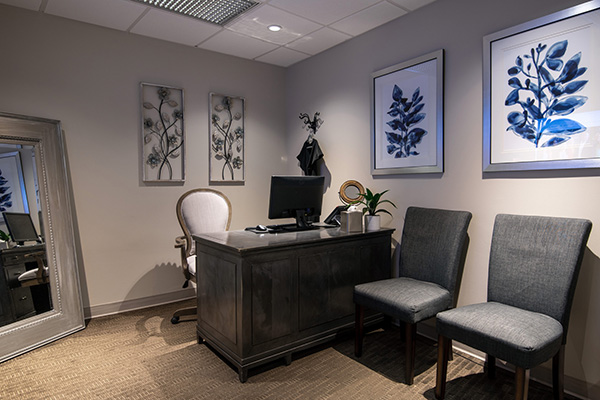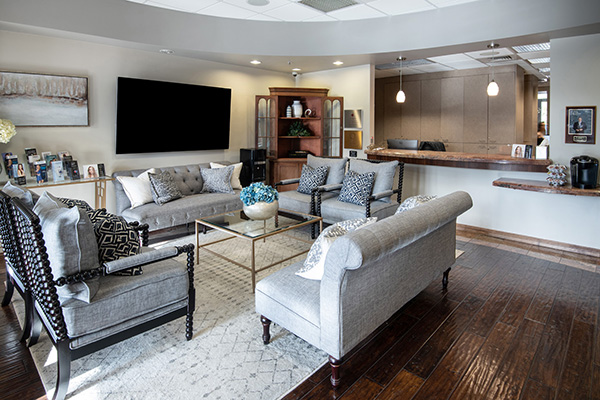
How to Select In Between Open and Closed Nose Job Techniques
Introduction
Rhinoplasty, frequently described as a "nose surgery," is among the most popular cosmetic surgeries globally. Whether for visual enhancement or practical improvement, nose job surgical treatment can considerably affect one's self-confidence and lifestyle. However, before diving into the procedure, it's important to comprehend the different methods readily available-- open and closed nose job-- and how to choose between them.
In this article, we will explore the complexities of both strategies, discuss their pros and cons, and provide skilled advice on making an informed decision customized to specific needs. We'll also explore the costs related to rhinoplasty treatments and what elements influence these expenses.
Understanding Nose job: The Basics
What is Rhinoplasty?
Rhinoplasty is a surgery aimed at changing the shape or function of the nose. People may pick nose job for numerous reasons, consisting of:
- Aesthetic concerns
- Correcting birth defects
- Addressing breathing troubles due to structural issues
The History of Nose job Surgery
Rhinoplasty has a rich history dating back thousands of years. Ancient texts reveal that early types of nose surgical treatment were practiced in India as far back as 600 BC. Today's techniques have actually progressed significantly, allowing for more accurate modifications with less intrusive methods.

Types of Rhinoplasty Techniques
Open Nose surgery: An In-Depth Look
What is Open Rhinoplasty?
Open rhinoplasty involves making a cut throughout the columella-- the tissue that separates the nostrils-- allowing surgeons clear access to the underlying nasal structures.
Advantages of Open Rhinoplasty
Disadvantages of Open Rhinoplasty
Closed Nose job: A Comprehensive Overview
What is Closed Rhinoplasty?
In contrast, closed nose surgery entails making incisions inside the nostrils, thus avoiding any noticeable scarring.

Advantages of Closed Rhinoplasty
Disadvantages of Closed Rhinoplasty
How to Pick In between Open and Closed Nose Job Techniques
Choosing between open and closed rhinoplasty strategies hinges on a number of elements such as:
It's essential to talk to your cosmetic surgeon about your specific objectives and concerns throughout your preliminary consultations.
Factors Influencing Nose surgery Cost
Understanding Nose surgery's Price Tag
The expense of nose job can differ widely based upon numerous factors:

Average Expenses Associated with Rhinoplasty Surgery
While costs can change significantly, here's a broad overview:
|Procedure Type|Average Cost (USD)|| ----------------|---------------------|| Open Nose surgery|$7,500 - $15,000|| Closed Nose job|$5,000 - $10,000|
Keep in mind that these figures typically do not consist of anesthesia fees or facility charges.
Preparing for Your Consultation
Questions to Ask Your Surgeon
Before undergoing any rhinoplastic treatment, it's important to prepare effectively for your assessment:
- What surgical method do you suggest for my case?
- How numerous procedures comparable to my own have you performed?
- Can you reveal me before-and-after photos?
- What are the risks included with each technique?
These questions will help you determine your cosmetic surgeon's expertise and convenience level with both open and closed techniques.
Documenting Your Goals
Bringing photographic recommendations that highlight your wanted results can help with clearer interaction throughout consultations.
Post-operative Care Tips
Maintaining Optimal Recovery After Surgery
Post-operative care plays an essential role in guaranteeing a smooth recovery procedure after either kind of rhinoplastyc surgery:
Recognizing Signs of Complications
It's essential to be aware of possible complications such as excessive bleeding or serious discomfort that could indicate issues needing instant attention from your surgeon.
Frequently Asked Concerns (FAQs)
1. The length of time does recovery take after rhinoplasty surgery?
Recovery timelines differ but normally range from 1-2 weeks for preliminary recovery; complete results post-operative care for rhinoplasty may take up to a year.
2. Will I experience pain after my rhinosplasty procedure?
Most patients report some pain managed well by prescribed medications; considerable discomfort ought to be reported right away to your healthcare provider.
3. Can I go through rhinoplastyc if I have breathing issues?
Yes! Many individuals look for rhinoplastyc particularly because they desire both aesthetic enhancements and practical improvements related to breathing difficulties.
4. Will insurance coverage cover my rhinoplastic surgery?
Insurance protection differs based upon whether the surgery is considered medically essential versus purely cosmetic; always consult your service provider beforehand!
5. Is there an age limitation for getting rhinoplastic surgery?
While many clients are grownups seeking aesthetic modifications, teenagers can likewise undergo surgical treatment if their noses are completely established; this is typically around age 15-16 for ladies and age 17-18 for boys.
6. How should I choose my surgeon?
Look for board-certified plastic surgeons concentrating on facial aesthetics who demonstrate substantial experience performing both open and closed rhinoplastic procedures!
Conclusion
Choosing in between open and closed rhinoplastic strategies involves careful consideration of many aspects including personal goals, anatomy specifics, recovery timelines, expenses connected with each choice-- and possibly most significantly-- the competence level of your picked surgeon! Both procedures offer special advantages tailored towards varied needs; for that reason understanding what each entails ensures that patients make knowledgeable choices lined up closely with their expectations!
In summary, whether you're seeking improved visual appeals or functional enhancements-- or possibly both-- investing time into comprehending how finest to continue will ultimately lead you toward achieving those transformative results you've envisioned!